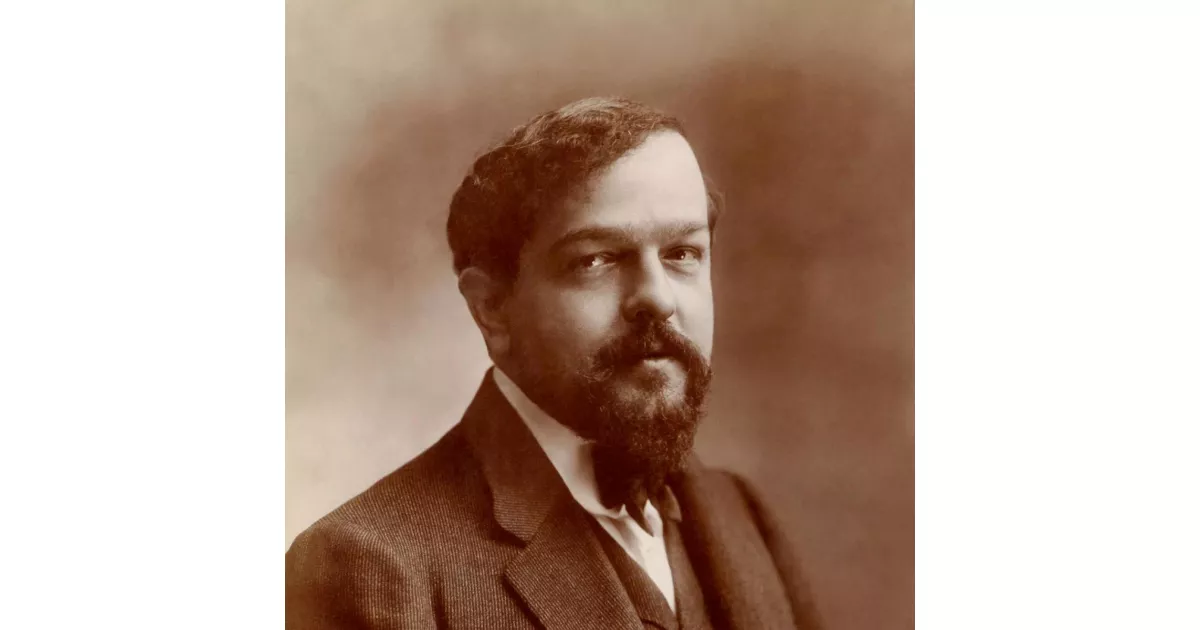Discover the career path of Claude Debussy, from the first major opportunity to industry-changing achievements.
Claude Debussy (1862-1918) was a highly influential French composer of the late 19th and early 20th centuries. While often labeled as an Impressionist composer, a term he disliked, his innovative approach to harmony and orchestration profoundly impacted modern music. Debussy's works are characterized by their evocative atmosphere, delicate textures, and unconventional harmonic language, marking a significant departure from traditional Romanticism.
1901: Music critic of La Revue Blanche
For most of 1901, Debussy worked as a music critic of La Revue Blanche, adopting the pen name "Monsieur Croche".
1901: Sarabande from Pour le piano
In 1901, Debussy's Sarabande from Pour le piano showed that Debussy knew Satie's Trois Sarabandes at a time when only a personal friend of the composer could have known them.
January 1902: Rehearsals for Pelléas et Mélisande began
In January 1902, rehearsals began at the Opéra-Comique for the opening of Pelléas et Mélisande. Debussy attended rehearsals practically every day for three months.
April 1902: Premiere of Pelléas et Mélisande
On April 30, 1902, Pelléas et Mélisande premiered. Despite a divided audience, the opera quickly became a success, making Debussy well-known both in France and abroad.
1902: International fame with Pelléas et Mélisande
In 1902, Debussy achieved international fame with his only completed opera, Pelléas et Mélisande.
1902: Pelléas et Mélisande
Pelléas et Mélisande was composed from 1893 to 1902.
1903: La mer orchestral work
Between 1903 and 1905, Debussy created La mer, symphonic sketches.
1903: Estampes for piano
In 1903, Estampes for piano gave impressions of exotic locations, with further echoes of the gamelan in its pentatonic structures.
1903: Republishing of Ariettes oubliées
In 1903, after Debussy had become well known, Ariettes oubliées, his Verlaine cycle, was successfully republished.
1903: Nocturnes for Orchestra
The Nocturnes for Orchestra were written in 1899, and La mer was written from 1903 to 1905.
1904: Debussy plays piano accompaniment for Mary Garden recordings
In 1904, Debussy played the piano accompaniment for Mary Garden in recordings for the Compagnie française du Gramophone of four of his songs.
1904: Publication of the full orchestral score of Pelléas et Mélisande
In 1904, the full orchestral score of Debussy's opera Pelléas et Mélisande was published.
October 1905: Premiere of La mer
In October 1905, La mer, Debussy's orchestral work, was premiered in Paris.
1905: Minstrels at Eastbourne
Debussy captured the frolics of minstrels at Eastbourne in 1905 in his pieces.
1905: Images
Images was created between 1905–1912. The former follows the tripartite form established in the Nocturnes and La mer, but differs in employing traditional British and French folk tunes, and in making the central movement, "Ibéria", far longer than the outer ones, and subdividing it into three parts, all inspired by scenes from Spanish life.
1905: La mer Published
In 1903-1905 Debussy composed his symphonic sketches, La mer.
1905: "Reflets dans l'eau"
In 1905 Debussy wrote the piano piece "Reflets dans l'eau", evocative of nature.
1908: "Golliwogg's Cakewalk" from Children's Corner
The piano piece "Golliwogg's Cakewalk", from the 1908 suite Children's Corner, contains a parody of music from the introduction to Tristan.
April 1909: Conducting in London
In April 1909, Debussy conducted Prélude à l'après-midi d'un faune and the Nocturnes at the Queen's Hall in London.
1909: First Book of Préludes
Debussy wrote the first book of Préludes during 1909–1910, which are short pieces that depict a wide range of subjects.
1909: The Little Nigar
In 1909, Debussy's interest in popular music was evidenced by piano pieces featuring rag-time, such as The Little Nigar.
1910: "Les Sons et les parfums tournent dans l'air du soir"
In 1910 Debussy wrote the piano piece "Les Sons et les parfums tournent dans l'air du soir", evocative of nature.
1910: "La Danse de Puck" Préludes for piano
In 1910, Debussy drew on Shakespeare for one of his Préludes for piano – "La Danse de Puck" (Book 1).
1910: Mahler Conducts Debussy in New York
In 1910, Gustav Mahler conducted the Nocturnes and Prélude à l'après-midi d'un faune in New York in successive months.
1911: Second Book of Préludes
Debussy wrote the second book of Préludes during 1911–1913, which are short pieces that depict a wide range of subjects.
1911: Le Martyre de saint Sébastien
In 1911, Le Martyre de saint Sébastien was created, but was not a success. Debussy enlisted the help of André Caplet in orchestrating and arranging the score.
1912: Completion of Images
Debussy completed Images in 1905-1912, which is one of his orchestral works.
1912: Images
Images was created between 1905–1912. The former follows the tripartite form established in the Nocturnes and La mer, but differs in employing traditional British and French folk tunes, and in making the central movement, "Ibéria", far longer than the outer ones, and subdividing it into three parts, all inspired by scenes from Spanish life.
1912: Commissioned to create Jeux
In 1912, Sergei Diaghilev commissioned Debussy to create a new ballet score, Jeux.
March 1913: Premiere of Jeux
In March 1913, Diaghilev presented the first performance of Stravinsky's The Rite of Spring, a sensational event that monopolised discussion in musical circles, and effectively sidelined Jeux along with Fauré's Pénélope, which had opened a week before.
1913: "Brouillards"
In 1913 Debussy wrote the piano piece "Brouillards", evocative of nature.
1913: "Hommage à S. Pickwick Esq. P.P.M.P.C." Préludes for piano
In 1913, Debussy drew on Dickens for one of his Préludes for piano – "Hommage à S. Pickwick Esq. P.P.M.P.C." (Book 2).
1913: Debussy makes piano rolls for Welte-Mignon
In 1913, Debussy made a set of piano rolls for the Welte-Mignon company containing fourteen of his pieces.
1913: La boîte à joujoux
In 1913, the ballet La boîte à joujoux was created. It was left with the orchestration incomplete, and was completed by Charles Koechlin.
1914: Debussy started work on a set of six sonatas
In 1914 Debussy started work on a planned set of six sonatas for various instruments.
1914: Debussy supervises the editing of Chopin's music
In 1914 the publisher A. Durand & fils began publishing scholarly new editions of the works of major composers, and Debussy undertook the supervision of the editing of Chopin's music.
1915: En blanc et noir and sonatas
In 1915, En blanc et noir (In white and black), a three-movement work for two pianos, was created. Also in 1915 Debussy wrote the sonatas for cello and piano and for flute, viola and harp.
September 1917: Final concert
On 14 September 1917, Debussy gave his final concert before becoming bedridden in early 1918.
1917: Sonata for violin and piano
In 1917 Debussy completed his Sonata for violin and piano.
1977: Cataloguing of Debussy's Works
In 1977, the musicologist François Lesure catalogued and indexed Debussy's works. This cataloguing led to the creation of the Lesure number (L number), which is often used as a suffix to Debussy's works in concert programs and recordings.
2003: Revision of Debussy's Works Catalogue
In 2003, François Lesure's catalogue and index of Debussy's works, initially published in 1977, underwent a revision.
Mentioned in this timeline
France officially the French Republic is primarily located in Western...
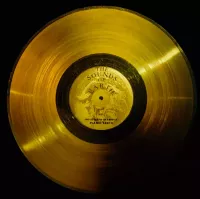
Music is a cultural universal involving the arrangement of sound...
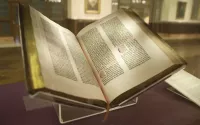
Books are a means of storing information as text or...
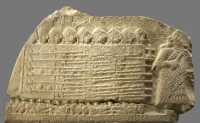
War is defined as an armed conflict involving the organized...
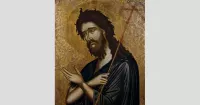
In Christianity a saint is a person recognized for exceptional...
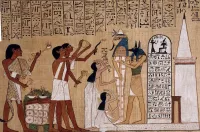
A funeral is a ceremony for the final disposition of...
Trending

11 days ago Dick Vitale and Charles Barkley Team Up for College Basketball Broadcasts This Season

1 month ago Kim Kardashian's 'All's Fair' TV show faces criticism despite Niecy Nash's defense.
10 days ago Marcus Freeman: Notre Dame coach considered for Giants head coaching vacancy in NFL.
Jeremiyah Love is an American college football running back He currently plays for the Notre Dame Fighting Irish He is...

7 months ago Trump's Tariffs Threaten Cannes 2025, SAG-AFTRA Responds, Impacting Spike Lee's Industry.

7 months ago Mitchell Robinson's Playoff Impact: Knicks' Gamble Pays Off as Hart Shines in Game 3
Popular

Candace Owens is an American conservative political commentator and author...

Ilhan Omar is an American politician currently serving as the...

XXXTentacion born Jahseh Dwayne Ricardo Onfroy was a controversial yet...

Tom Cotton is an American politician and Army veteran currently...
The Kennedy Center Honors are annual awards recognizing individuals and...
Matt and Ross Duffer known as the Duffer Brothers are...
